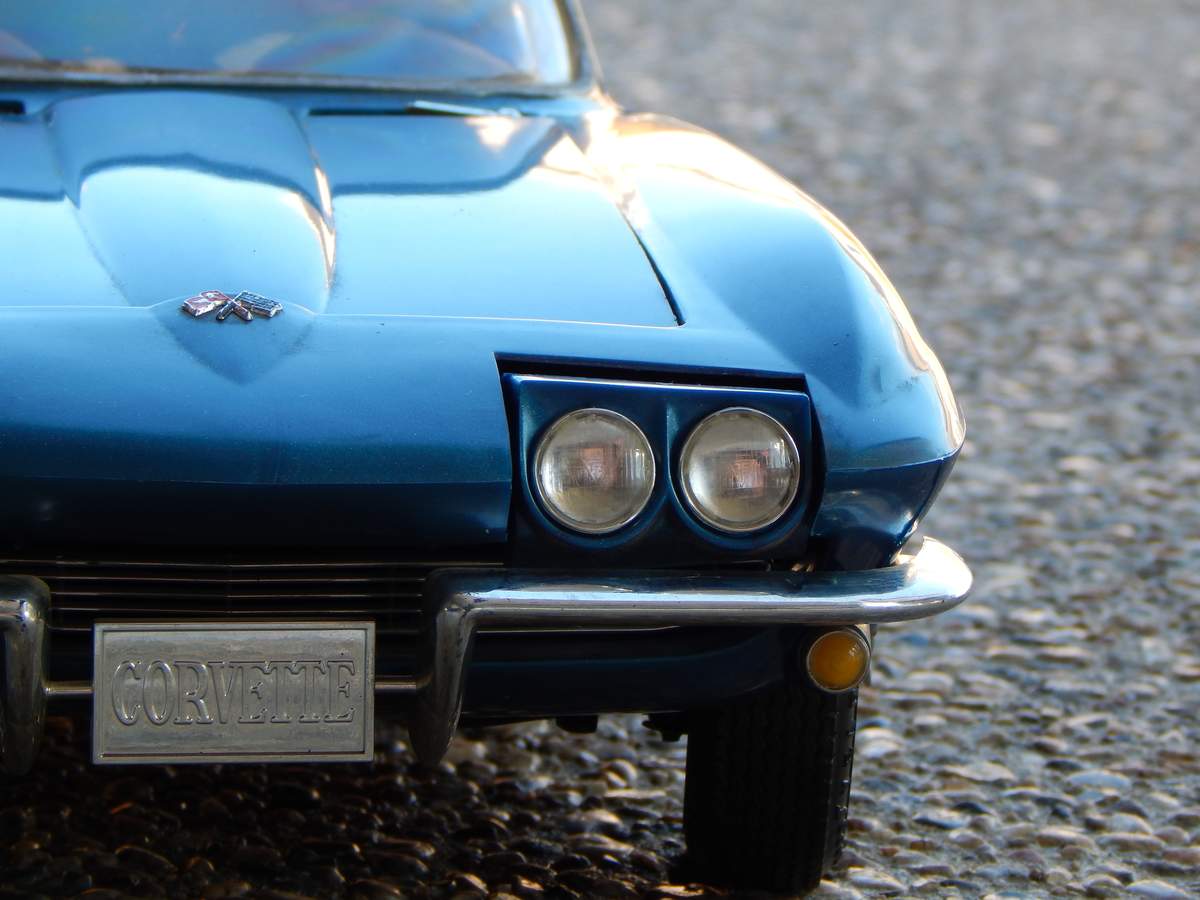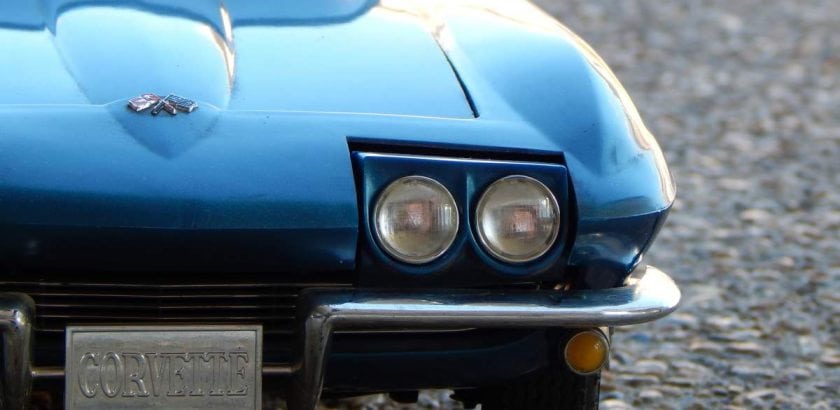Intimate Tickles Thought You Might Be Interested
Published: Fri, 29 Jun 2018 05:00:00 +0000
View Original Article

Many Corvette owners own other cars as well, and often only drive their Corvettes on special occasions. Corvettes are regularly driven on beautiful days or are taken to car shows, but usually aren’t used as commuter cars for work. But, today is different—today is Drive Your Corvette to Work Day. Sponsored by Mid America Motorworks, a supplier of aftermarket Corvette parts and accessories, the day has taken place since 2001. The goal is to get as many Corvette owners as possible around the world to drive their car, in order to show how popular the car is. It takes place on the Friday closest to June 30, the day in 1953 when the first Corvette came off the General Motors assembly line.
Harley J. Earl was no stranger to designing cars. He redesigned the LaSalle in the late 1920s, designed the Buick Y-Job—which is seen as being the first concept car, and also designed the GM Le Sabre. He then began working on “Project Opel,” which would turn into the Corvette. In its design, he took inspiration from the Jaguar XK120. On January 17, 1953, the Corvette was introduced at GM’s traveling Motorama display, at the Waldorf Astoria Hotel in New York City.
Later that year, on June 30, the first Corvette for consumers came off the assembly line at the GM plant in Flint, Michigan. Tony Kleiber, a worker at the plant, drove the first car off the line. The Corvette had been named by Myron Scott, a photographer for Chevrolet. After looking in the dictionary for a word that started with a “C,” in order to give the make and model phrase an alliterative effect, he found “corvette,” the name for a small warship that was fast and easy to maneuver.
At a time when most cars were built out of steel, the Corvette was the first sports car with a body made completely of fiberglass. There were only 300 built the first year, all of which were white convertibles with red interiors and black canvas tops. They otherwise used standard Chevrolet parts, such as the “Blue Flame” six-cylinder engine, and the two-speed Powerglide automatic transmission. Still, they could go from the speed of 0-60 in 11 seconds and could reach a speed of 110 mph. They had no exterior door handles, and no windows as well, just plastic curtains. They had a sticker price of $3,513, which is $32,979 in 2018 dollars. All were equipped with a $91 heater and $145 AM radio, which was added to the sticker price. 1953 models are worth much more now: the third Corvette produced was sold for 1.06 million dollars in 2006.
As of 2018, there have been seven generations of Corvettes (C1-C7). V8 engines were an option beginning in 1955, and 9 out of 10 buyers selected the option that year; all Corvettes have since been equipped with V8s. By the 1960s, the Corvette was known as America’s favorite sports car. The second generation (C2) of the car was produced from 1963-1967 and was known as the Sting Ray. One of the most popular Corvettes of all time is the 1963 model, which is unique for having a split rear window.
Corvettes have been produced in Flint, Michigan, St. Louis, Missouri, and since 1981, in Bowling Green, Kentucky, where the National Corvette Museum also is also located. There were issues when making the 4th generation of the car, thus only one 1983 model exists, and production was continued with the 1984 models. The lone 1983 model can be seen at the Corvette Museum. Years after the first Corvette rolled off the assembly line, they still are towards the top of the pack for speed and acceleration. They have also been continually produced longer than any sports car or passenger car in the world.
Drive Your Corvette to Work Day is being observed today! It has been observed the closest Friday to June 30th since 2001.
